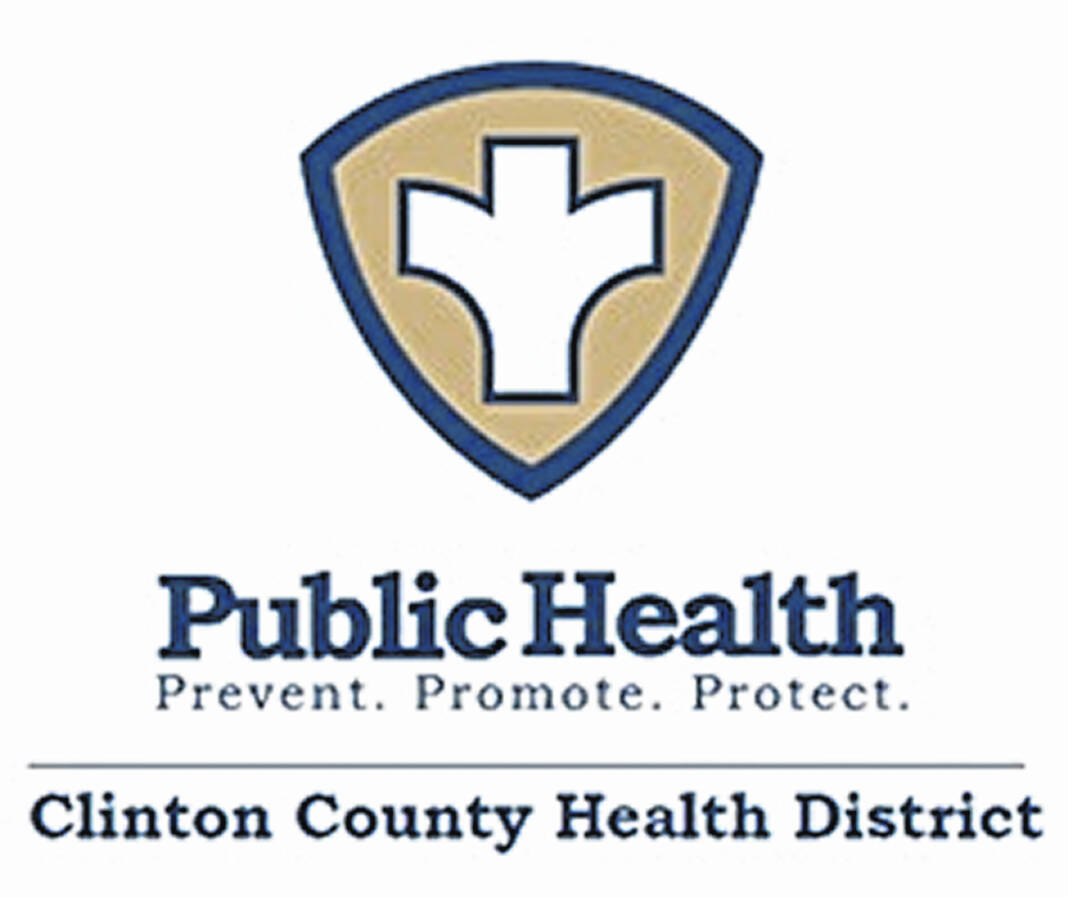
During spring 2023, here in Clinton County, we have already seen our fair share of severe weather with some of us experiencing episodes of hours without power. Being early in the storm season, it is likely that we will see a few more severe weather events, including power outages this year. Do you know what to do about your food when the power goes out? After the loss of power, refrigerated or frozen foods may not be safe to eat. Here are some tips on what to do before, during, and after a power outage.
It is very helpful to prepare for an emergency before the event happens. Keep appliance thermometers in each refrigerator and freezer. The refrigerator should be at 40 °F or below. The freezer should be at 0 °F or below. Use the readings from the thermometer to inform you of the holding temperatures, do not rely on how cold the food feels. Other beneficial things to do before an emergency or natural disaster include freezing containers of water or gel packs to help keep your food at 40 °F or below. Have a cooler and frozen water or gel packs available in case you have to remove your food from your refrigerator to keep it cold. Additionally, buy dry ice or block ice to keep your food cold in the refrigerator, if you think the power will be out for a long time.
During a power outage it is important to keep the refrigerator and freezer doors closed. If the door stays closed, food can stay safe for up to 4 hours in a refrigerator. Food can stay safe for up to 48 hours in a full freezer or 24 hours in a half-full freezer. If the power has been out for 4 hours put refrigerated perishable foods in a cooler with ice, if available, to keep food at 40 °F or below.
After a power outage never taste food to determine if it is safe to eat. Check the temperature of food kept in coolers or your refrigerator. Throw out food above 40 °F. After 4 hours without power, or a cold source, throw out perishable food (i.e., leftovers, milk, cut fruits, cut vegetables, fish, and meat) in your refrigerator. If food has an unusual odor, color, or texture throw it out. Check the temperature of your freezer. If the freezer is 40 °F or below, you can safely refreeze or cook thawed frozen food that still contains ice crystals.
All of these tips will help protect you and your family from unwanted foodborne illness. For more information on food safety for power outages or after a natural disaster visit the Centers for Disease Control and Prevention (CDC) food safety website or contact the Environmental Health team at the Clinton County Health District. Remember the best advice to follow in food safety is…when in doubt, throw it out!

